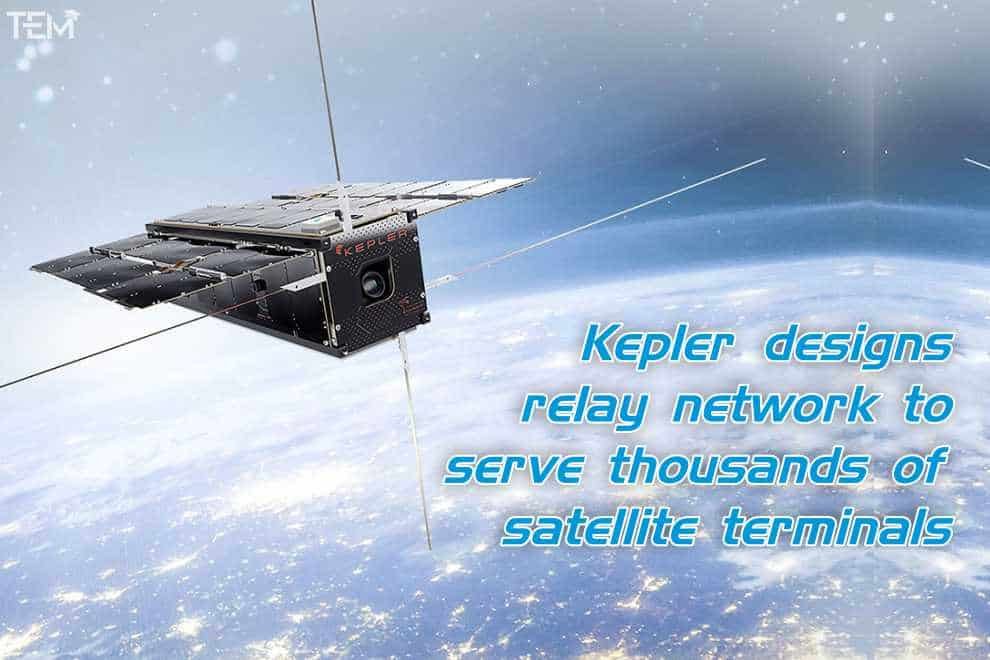Key Highlights:
- Kepler Communications intends to utilize a Spire Global nanosatellite scheduled to launch late next year.
- Kepler’s Aether network, according to the company, will allow real-time communication for spacecraft that can presently only transmit data while passing over authorized base stations.
- In June, Kepler collected $60 million for its constellation ambitions, with the objective of roughly doubling its crew to 150 by the end of 2021.
Kepler designs relay network
Kepler Communications intends to utilize a Spire Global nanosatellite scheduled to launch late next year to test a terminal that it aims to deploy in the thousands in the future to construct a data-relay satellite mesh network.
Kepler, a six-year-old Toronto company, now operates 15 CubeSats that provide low-data-rate communication to devices on Earth that are beyond terrestrial networks’ reach.
The business hopes to “deliver the Internet to space” for the hundreds of satellites anticipated to deploy into low Earth orbit over the next decade with its Aether data-relay spacecraft, which Kepler is also creating.
Kepler’s Aether network, according to the company, will allow real-time communication for spacecraft that can presently only transmit data while passing over authorized base stations.
According to Kepler officials, satellites equipped with an Aether terminal would not require a direct link to a ground station to relay data back to Earth. The network is expected to be in high demand from businesses such as Earth sensing and space tourism.
Nearly 115,000 satellites will be able to connect to the Aether network, according to a recent regulatory filing by Kepler.
These satellites are mostly non-Kepler satellites with Aether terminals on board, according to Mina Mitry, the startup’s CEO, in a Nov. 18 blog post.
Because the hardware, service, and license will all come from Kepler, Mitry said, filing for regulatory authorization on behalf of potential consumers streamlines the licensing procedure for users, decreasing the administrative load for them and regulators.
The business confirmed that it still intends to operate only 140 satellites in total.
Recruiting to begin from 2022
Additional Kepler spacecraft, which will eventually replace previous versions, will be equipped with new capabilities such as Aether.
In January, Kepler aims to launch four satellites as part of SpaceX’s Transporter 3 Falcon 9 ride-share mission, according to Steve Bennett, the company’s chief operations officer.
“One of the benefits of having manufacturing in-house is that we are always iterating on the satellites that we deploy into orbit,” Bennett told SpaceNews via email.
“With the impending launch, two of our satellites will be carrying [Aether] user equipment to demonstrate the design and create the flight legacy,” says the company.
In June, Kepler collected $60 million for its constellation ambitions, with the objective of roughly doubling its crew to 150 by the end of 2021.
Bennett stated that the firm plans to begin recruiting in 2022 with “over 100 workers” and would “continue vigorously in 2022.”
Read more: Amazon to launch its first internet satellites in 2022










